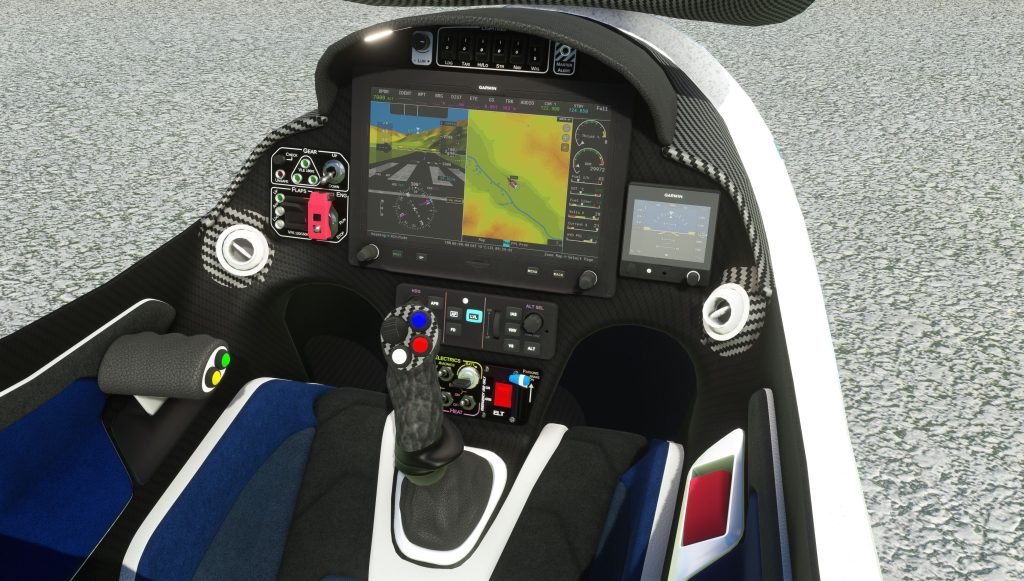Beast Horus
Technical Data
| Beast One | Metric | Imperial |
|---|---|---|
| Wingspan | 5.8m | 19ft |
| Length | 5.2m | 17ft |
| Wing area | 4.3m² | 46ft² |
| Empty weight | 180kg* | 400lb* |
| MTOW | 380kg* | 840lb* |
*projected
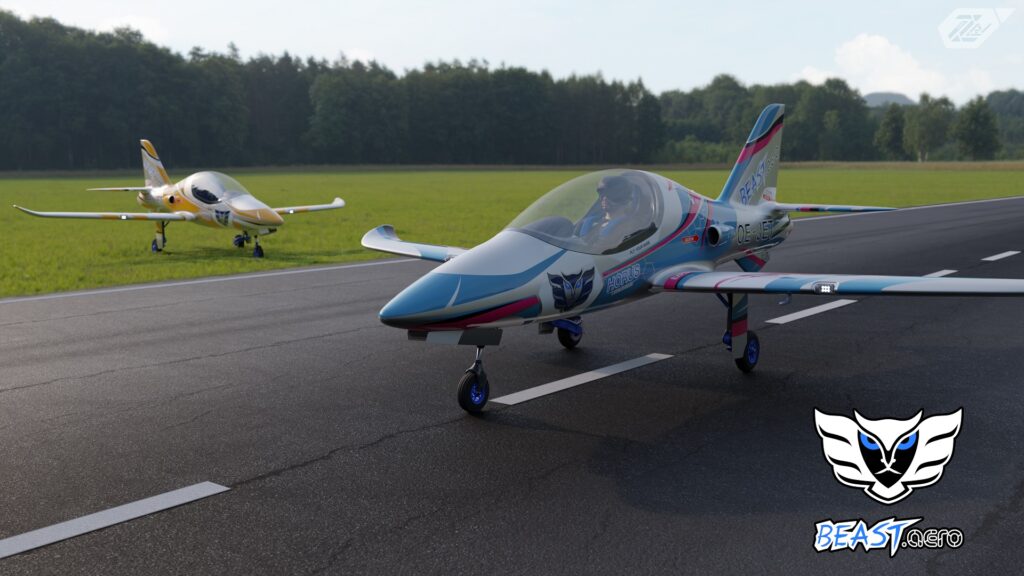
Performance Specifications
| Beast One | Aero | Metric | Imperial |
|---|---|---|---|
| Stall speed | 57kt | 105km/h | 64mph |
| Cruise speed | 230kt | 426km/h | 261mph |
| Max speed* | 300kt | 555km/h | 340mph |
| Alt ceiling | 18000ft | ~5500m | 18000ft |
*Vno limited to 250kt (due to VFR limitations). Higher speeds are permitted by the wing design, but turbulence can lead to G-forces in excess of 4G.
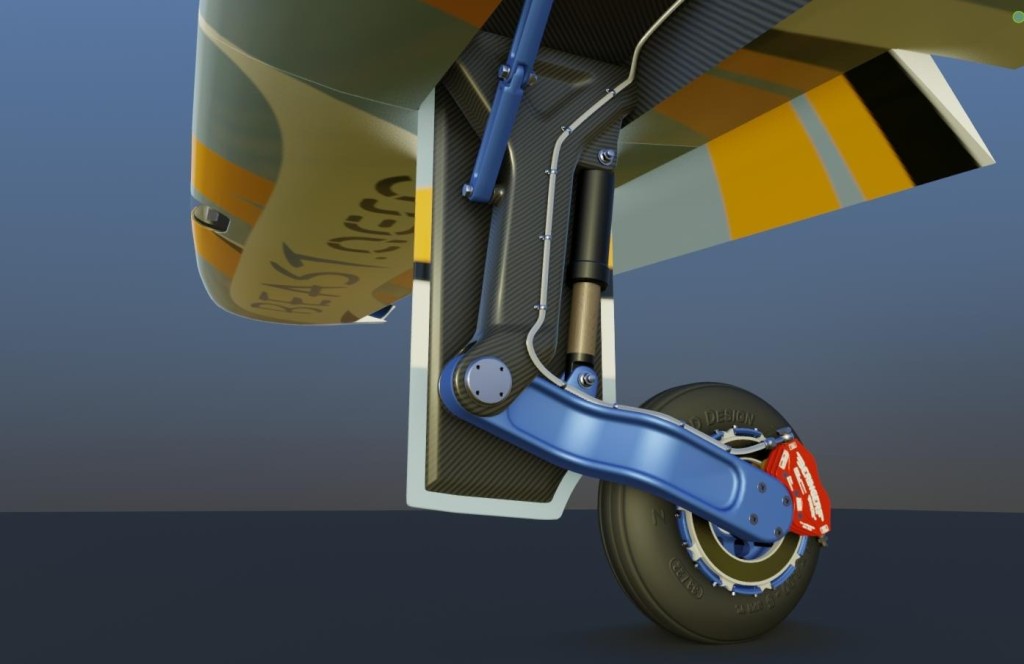
Performance Features
-
Gentle stall characteristics
Not only is the stall speed rather low (comparable to faster piston aircraft) but also very progressive. This leads to a gentle stall characteristic, with lots of reaction time left to counteract.
-
Optimized airfoil
While the airfoils are quite similar to the 64-215 (wing root), 63-315 (aileron area) and 63-012 (tail), they are a complete evolution, developed using the latest technologies. This provides up to +30% more lift at equal or less drag!
-
Sophisticated wing design
Everything from profile, sweep, incidence, etc. is continuously changing over the almost elliptic wingform, ensuring top of the edge performance from landing speed up to high cruise.
-
Trailing link landing gear
The landing gear is provided with trailing links, featuring shocks with extra large stroke. These enable soft-field capability and greatly improve landing behavior, even for hard landings. Additionally, the brakes are 1/3 stronger than the competition, greatly improving safety and landing roll.
-
Jet integration
The integrated engine design allows for reduced cruise drag and therefore extended range.
-
Airbrakes
Most jet aircraft have the problem of shedding excess speed during descent. With the intgrated airbrakes it is possible to have steeper descends and shorter landing rolls.
Safety Features
-
>26G safety cell
Even with the best passive safety features and a parachute in place, you will not want to miss the added safety of a cockpit which will not just fold around you. Exceeding the 26G load requirement for frontal crashes and providing an itegrated roll-over bar, the cockpit is built to protect.
-
13.5G ultimate load
For aerobatics, it is nice to have a true 6G capability, but even nicer to know that your aircraft will sustain 9G for short durations and that the spar is constructed to only fail above a brethtaking 13.5G.
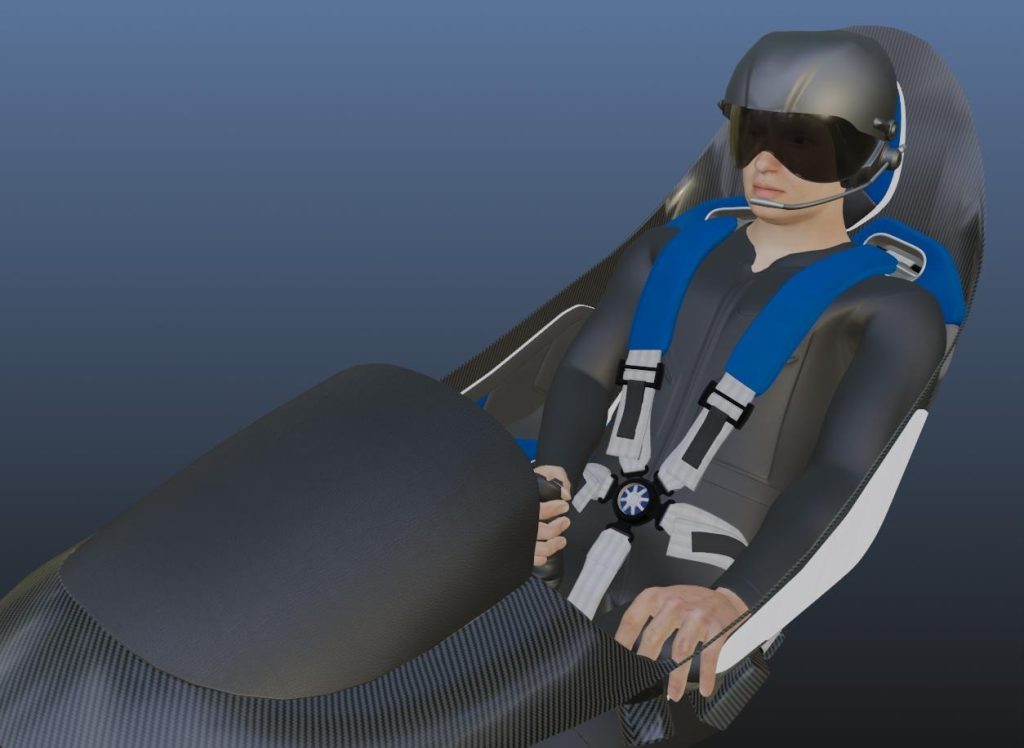
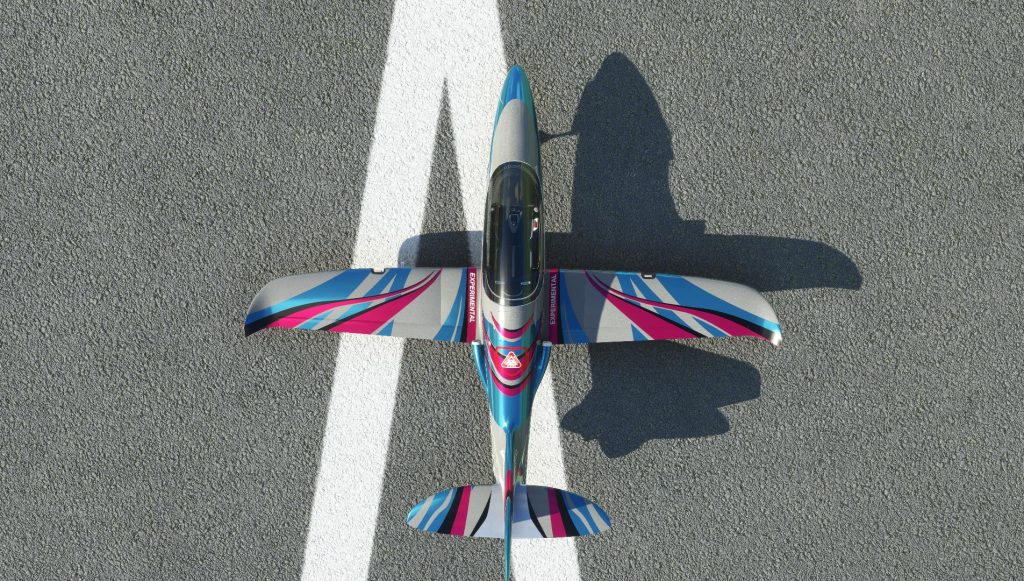
-
Ballistic rescue system
Sometimes avoiding confrontation is the best solution. And sometimes, if confrontation comes in form of a mountainside or uneven terrain, a ballistic rescue system will prove it's additional weight is worth every pound.
-
Bullet proof tank
In the unlikely event that you end up in a situation where everything else has failed you, it will be a great relief to know that all the fuel is stored in a bullet proof bladder inside the safety cell. Right where it belongs and nowhere else.
Ergonomy Features
-
Hands-on cockpit design
Fighter pilots know the concept of "HOTAS" (hands on throttle and stick). Everything in the cockpit is assembled in a way that you never have to let go of control. Essential for mission buttons are all located to the left, non-essential buttons in the middle and the right side free for the backup instruments.
-
Minimized workload
Flying a jet is hard enough, so let the aircraft help you whereever possible. Flaps have auto-retract to take stress out of take-offs. The landing lights will turn into wig-wag mode as long as you fly above 100kt and airbrake activation or TOGA-mode can be selcted from the thrust lever.
-
Specialized bucket seat
Seats in an aircraft have to meet a lot of demands. The special combination of different memory-foams is not only providing good comfort on longer journeys, but also provide a part of the energy absorption in case of a crash.
-
Widest in class cockpit
Cross section is a huge contributor to aircraft drag. The elliptic fuselage is providing increased space right where it is needed at the head and elbow area, without adding additional surface area.
